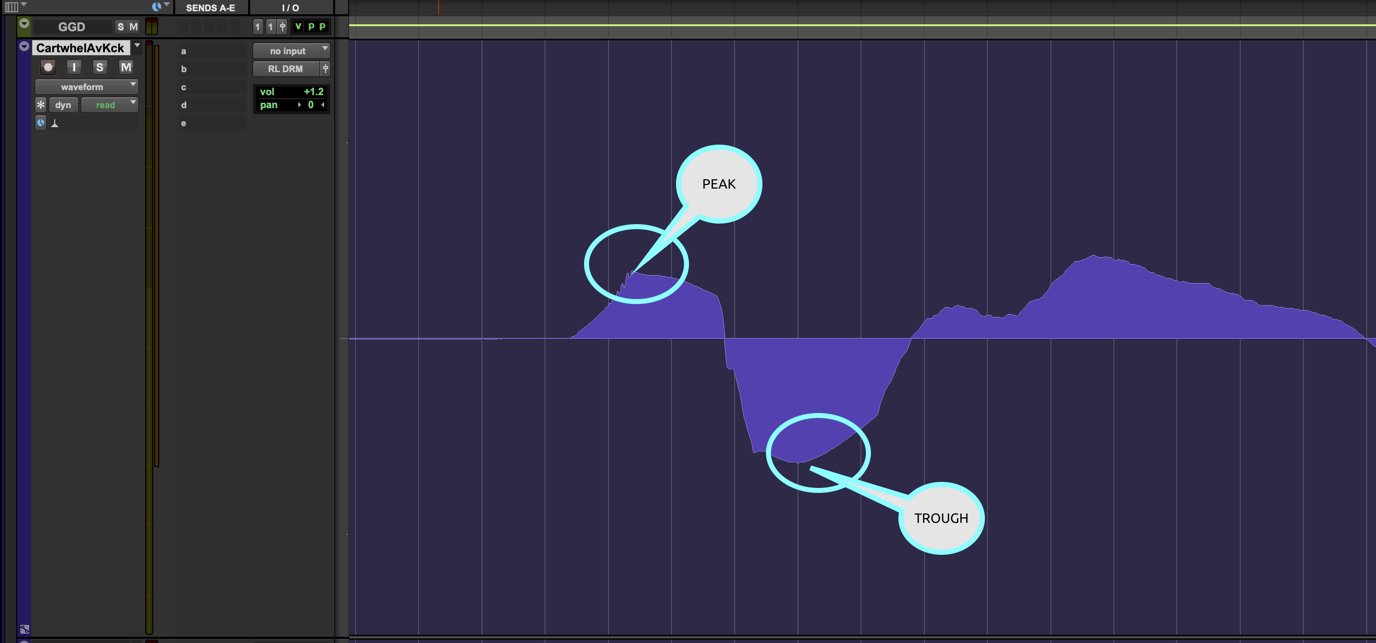
What is sound? Sound explained
What is sound? Explore the science of sound: its creation, transmission, and characteristics like frequency and amplitude.
Sound: we hear it everywhere. But what exactly is sound? That’s what we’re going to talk about today. Why? Because diving into this fundamental question is essential if you want to further your art. Yes, defining “sound” can become both confusing and technical. In the wrong hands, it can be boring. But powering through can only help you along your audio journey.
You can glean an enormous amount of inspiration from understanding the science of sound. Once you know how sound works—and why it behaves the way it does—the work of eliciting emotion through sound becomes faster, more intuitive, and more fun.
So, let’s get started exploring the physics of sound. We shall see how the science directly impacts our art.
Follow along using our free Ozone 11 EQ.
Sound waves: the building blocks of what we hear
At its core, sound is the vibration of particles in a medium such as air, water, or solid matter. These vibrations travel as waves, and when they reach our ears, they’re interpreted by our brains as sound. A sound wave can come to our ears in different ways—and at different speeds—which influences what we hear.
This seems simple enough to grasp, until you realize that sound isn’t the only thing to travel in waves. We feel the impact of earthquakes through seismic waves. Light reaches us through the propagation of waves too, as do terrestrial radio signals and cellular networks. The very word “wave” is what we use to describe the movement of the ocean.
All of this begs a larger question:
What is a wave?
Physics is often obsessed with waves and particles. In a very general way, we can make broad definitions of what constitutes a wave and what constitutes a particle. But first, a disclaimer I feel compelled to include:
At the very edges of knowledge—where physicists debate high-minded concepts like String Theory, M-Theory, Loop Quantum Gravity, and other feats of mathematical enterprise—the differences between waves and particles often break down.
All of this is to say, we’re simplifying things here. If you want to get super duper in depth about quantum mechanics, this is not the article for you.
Now, onto waves:
We can define a wave as an oscillation or disturbance, one that carries energy from one place to another. Waves move, and they move in very specific ways. Overlapping waves, for instance, can combine to create a new and more powerful wave. This is called constructive interference.
On the other hand, two waves can effectively cancel each other out, which is called destructive interference. Anyone who’s ever tried to multi-mic an instrument might very well understand this on an intuitive level.
Mechanical waves versus electromagnetic waves
Broadly speaking, waves are either mechanical or electromagnetic in nature (again, we’re keeping things simple and leaving quantum physics out of this).
An electromagnetic wave requires no medium to propagate. An electromagnetic wave can travel through the vacuum of space and be observed by the naked eye. Starlight is a good example of this. Starlight travels across lightyears of vacuous distance and reaches our eyes, regardless of our atmosphere. Radio waves are much the same in this respect.
A mechanical wave, on the other hand, requires a medium to make itself felt or heard. Feeling a seismic wave in an earthquake is impossible without the medium of solid ground.
Sound operates in much the same way: you hit a drum with a stick, and the drum vibrates. When the drum vibrates, it pushes and pulls all the surrounding air molecules, creating a wave of pressure changes. These fluctuations compress and decompress the air, moving outward like ripples on a pond. The result? A sound wave, classically described.
How sound waves work
When an object vibrates—whether it’s a plucked guitar string or a blown saxophone reed—it transfers energy to the surrounding particles, setting them into motion. This energy moves outward from the source in waves, pushing and pulling the air molecules all around.
These molecules experience regions of compression (where molecules are packed closer together) and rarefaction (where molecules are spread apart). These pressure variations ripple outward from the source, carrying sound energy through the air to our ears.
Compression and rarefaction are actually represented in the waveforms you see in your DAW.

peak and trough